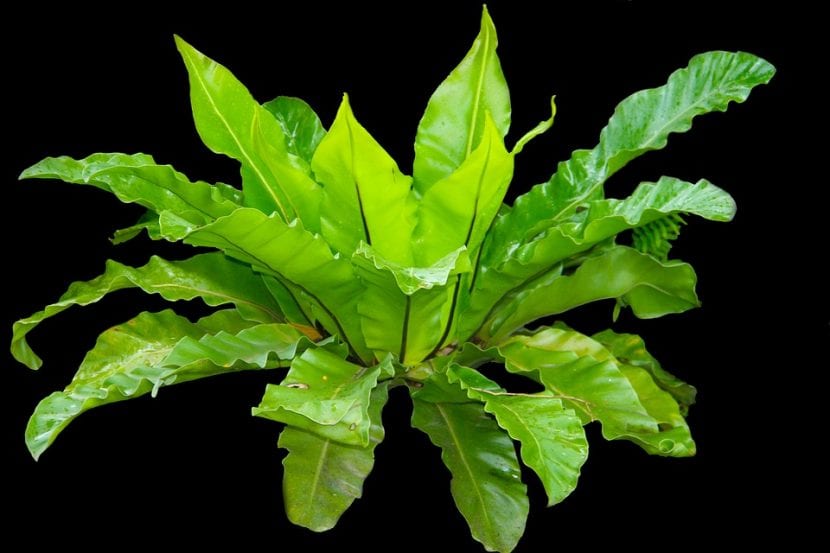
The Asplenium They are one of the most popular ferns, and for good reason. The fact that you have those long, striking green leaves makes them especially attractive to human eyes. In addition, they are plants that add elegance and 'tropicality' to both the garden and the house.
Their care, however, and although it is hard to believe, are not complicated. You have to take into account some things so that they are good, that of course, but in general you could say that they are easy to maintain ferns.
Origin and characteristics of the Asplenium
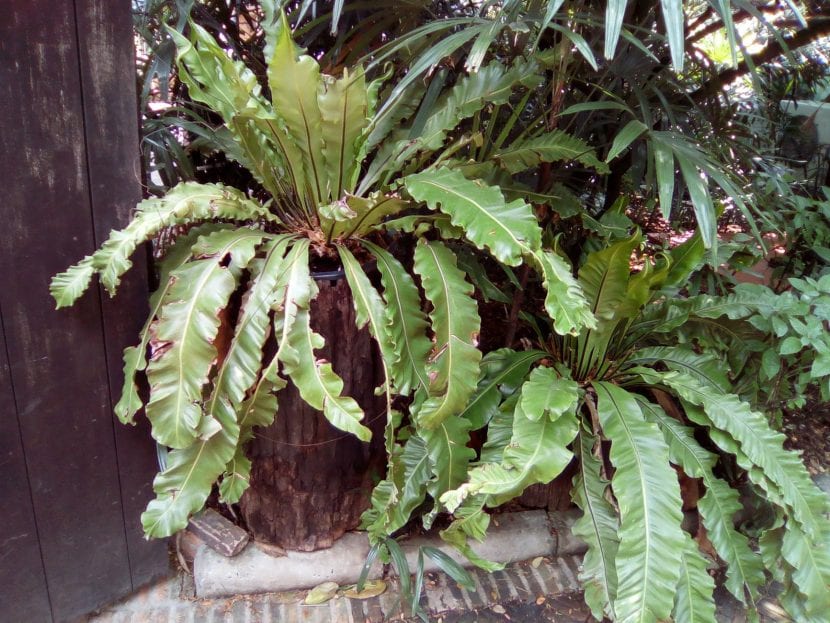
Our protagonist is a genus of ferns composed of some 361 accepted species of the 1918 that are described distributed throughout the tropical, subtropical and temperate regions of the world. Their height does not usually exceed 40 centimeters, and they develop rosettes of fronds (leaves) which can be linear, pinnate, webbed, forked or subromboidal, greenish in color. The petioles, that is, the stem that joins the fronds with the rhizome, is greenish, dark brown or blackish in color.
The sori are elliptical to linear, and the spores - the seeds of ferns - ellipsoidal to spheroidal. The root system is rhizomatous, short, rarely creeping.
Main species
The most interesting are:
Asplenium adiantum-nigrum

Image - Flickr / Oskar Gran
Is a fern about 10-30 centimeters tall native to the Northern Hemisphere with bi or tri-pinnate fronds whose size is 3-15cm long by 2,5-7,5cm wide.
Medicinal properties
The fronds are used, which are pectoral.
Asplenium billotii
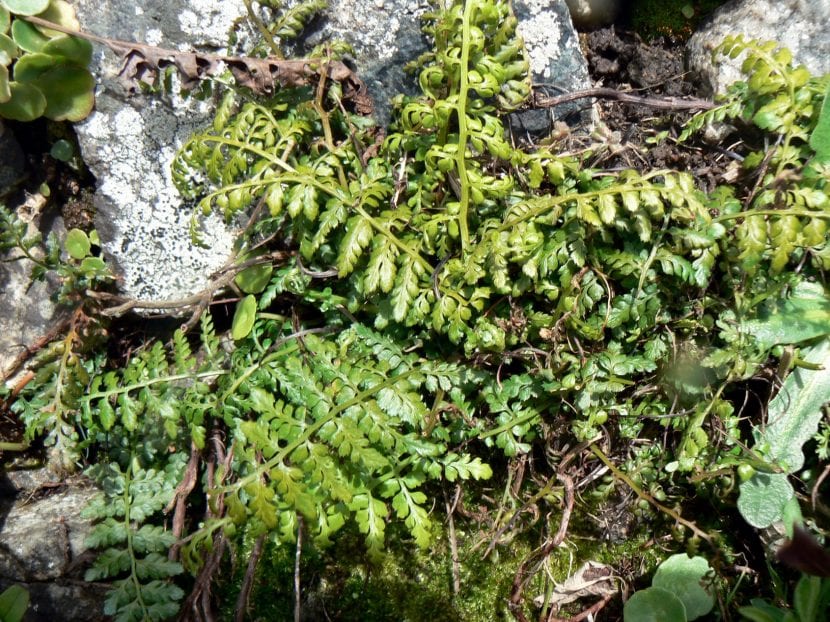
Image - Wikimedia / Johan N
Native to the Mediterranean count, it is a fern that reaches 35 centimeters in height. Its fronds are bi or tri-pinnate, bright green.
Asplenium nidus
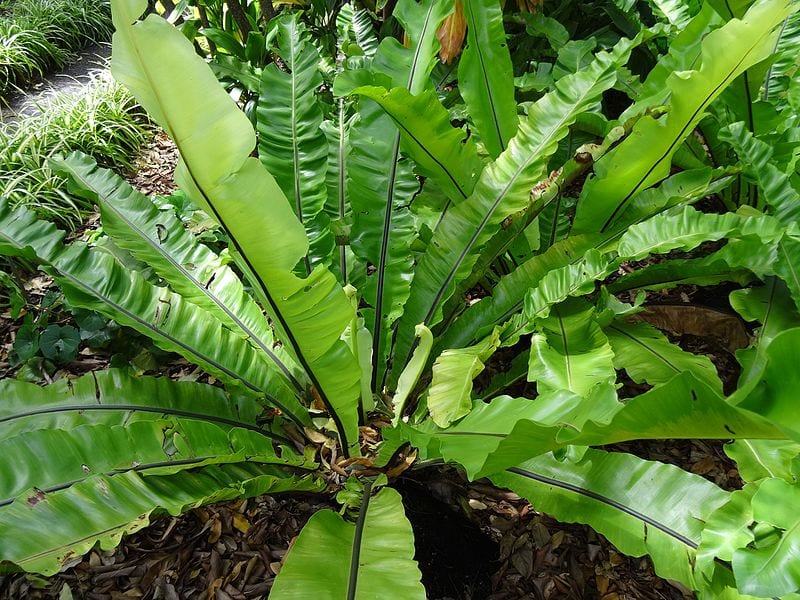
Image - Wikimedia / Vincent Malloy
Known as a bird's nest or bird's nest, it is a fern native to the rainforests of Australia that can reach a maximum height of 2 meters. The fronds are simple, bright green, with a blackish petiole.
Asplenium onopteris
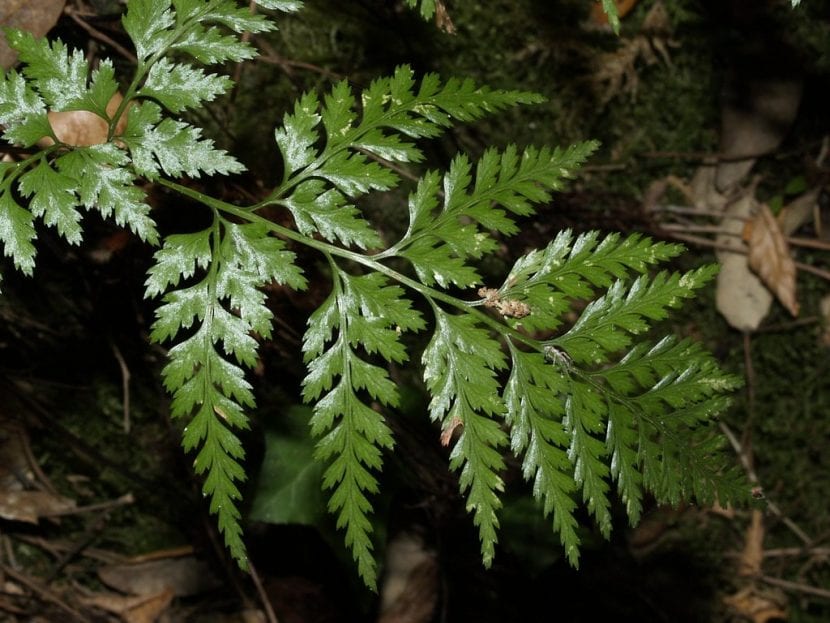
Image - Flickr / Ferran Turmo Gort
It is a small fern native to the Mediterranean region, which reaches a height of 30cm. Its fronds are bi or tri-pinnate, green in color.
Asplenium ruta-muraria
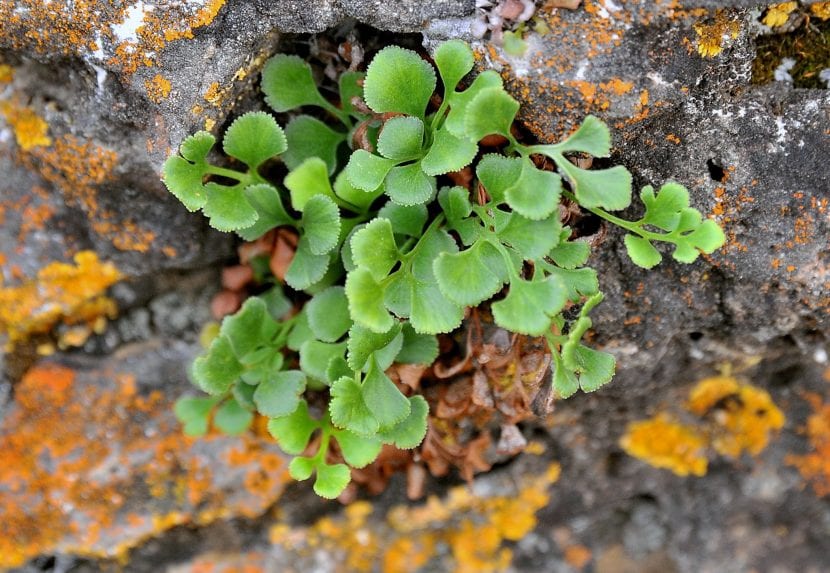
Image - Flickr / José María Escolano
Known as white adianth, mute maidenhair, wall rue, or escolondrillo, it is a fern native to the temperate zones of the Northern Hemisphere. Develops fronds 2 to 15cm in length, pinnate.
Medicinal properties
The whole plant is used as an aperitif, antitussive, pectoral, ophthalmic, astringent and emmenagogue.
Asplenium scolopendrium
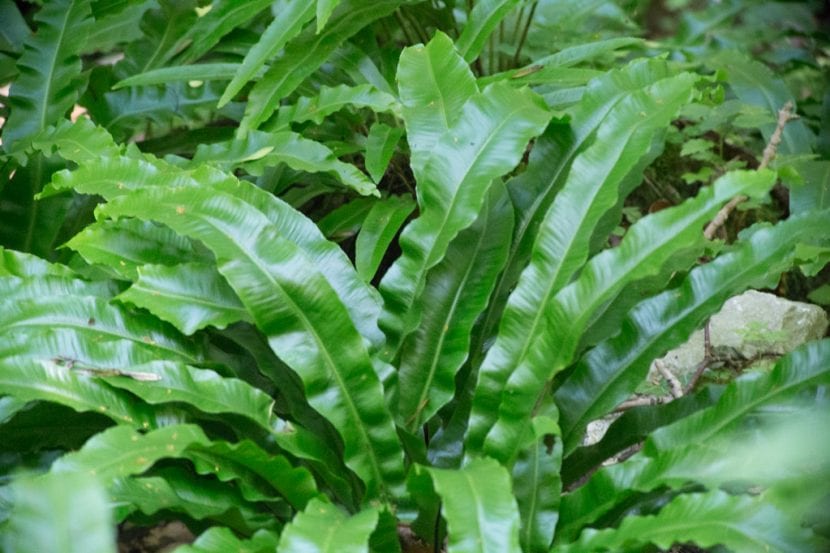
Image - Flickr / Ragnhild & Neil Crawford
Known as cervina tongue, it is a fern native to the Northern Hemisphere that develops simple fronds, lanceolate, wavy and lobed at the base, green in color and lighter on the underside. It reaches a height of about 40cm.
Medicinal properties
It is antidiarrheal and anti-inflammatory.
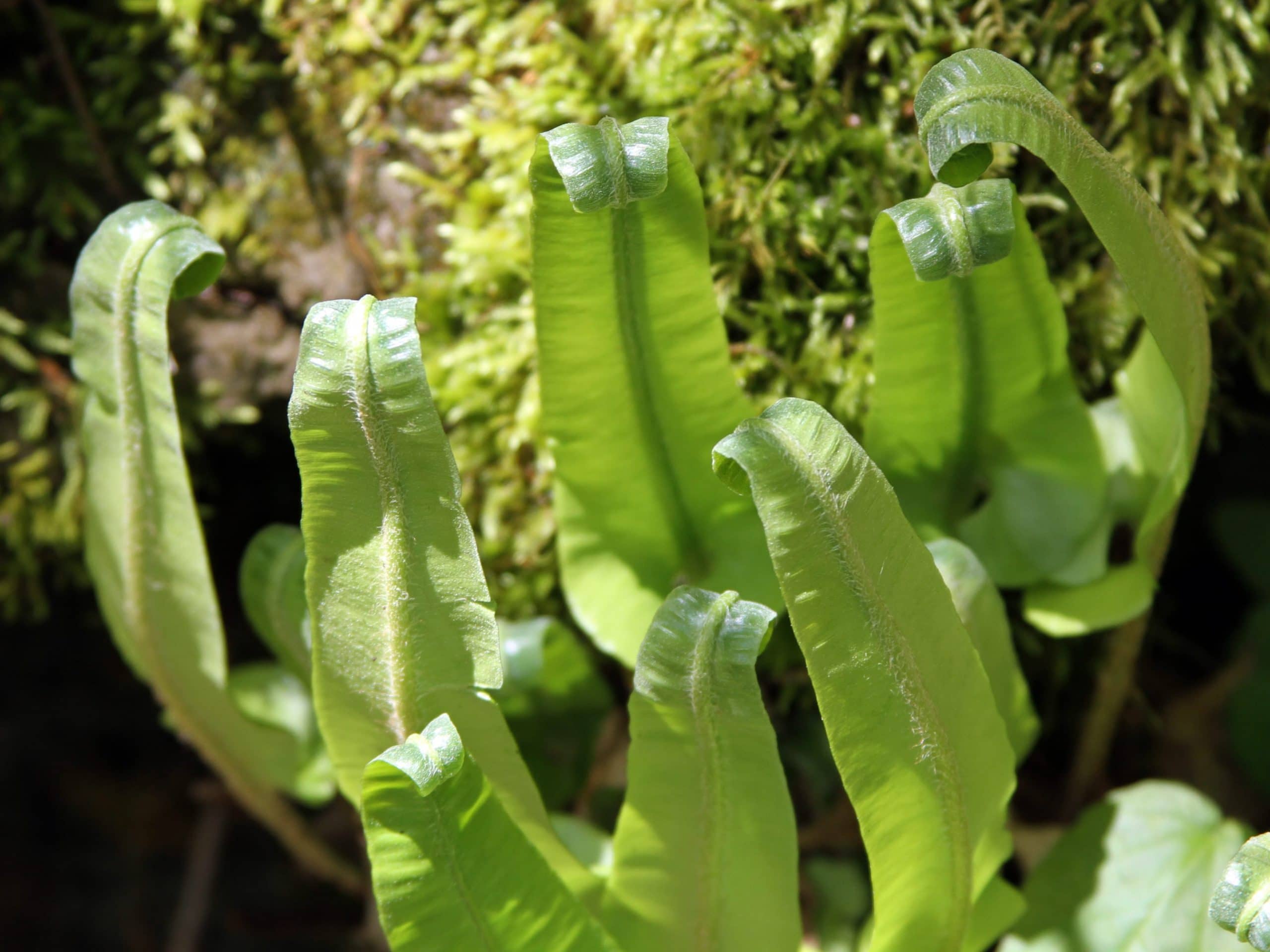
Asplenium trichomanes
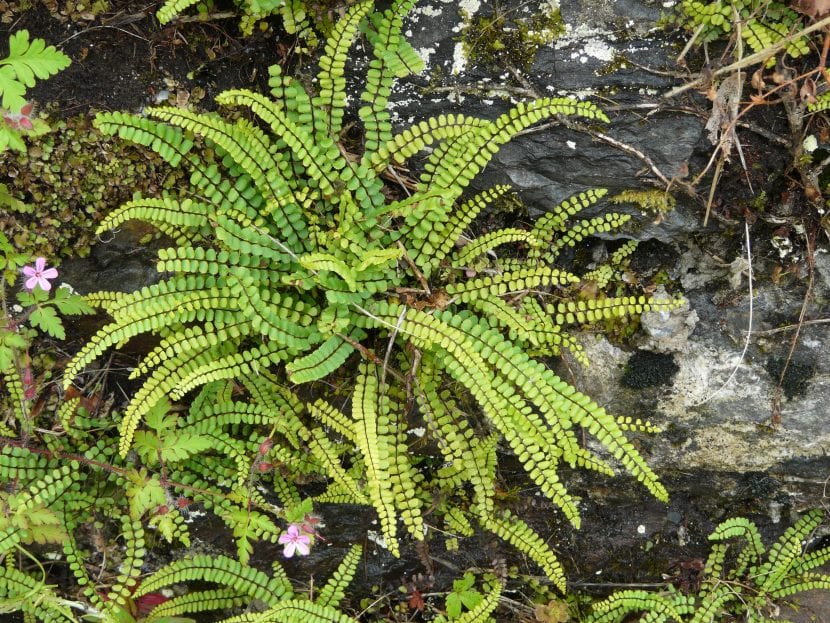
Image - Wikimedia / Père Igor
Known as the small maidenhair, it is a plant native to the warm and temperate regions of practically the entire world. It can reach a height of 10 to 50cm, with green pinnate fronds.
Medicinal properties
It is used as an anti-inflammatory, expectorant and emollient.
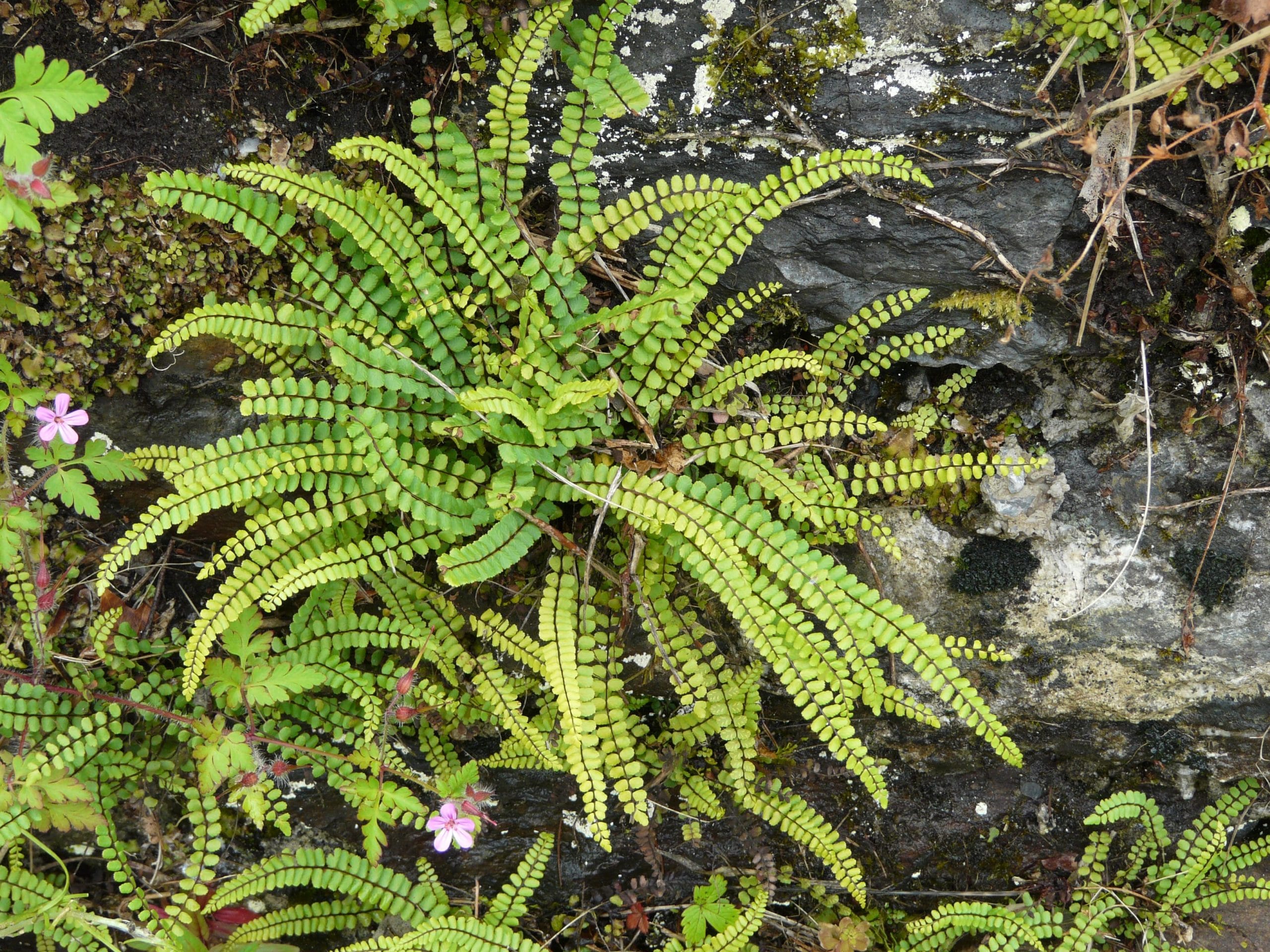
What are their cares?
They are plants that can be taken care of in a simple way. We only recommend taking the following into account:
Location
- Body exterior:: they must be in an area where the sun does not shine directly on them at any time.
- Interior: the room must be bright, and the ferns must be away from drafts.
Irrigation
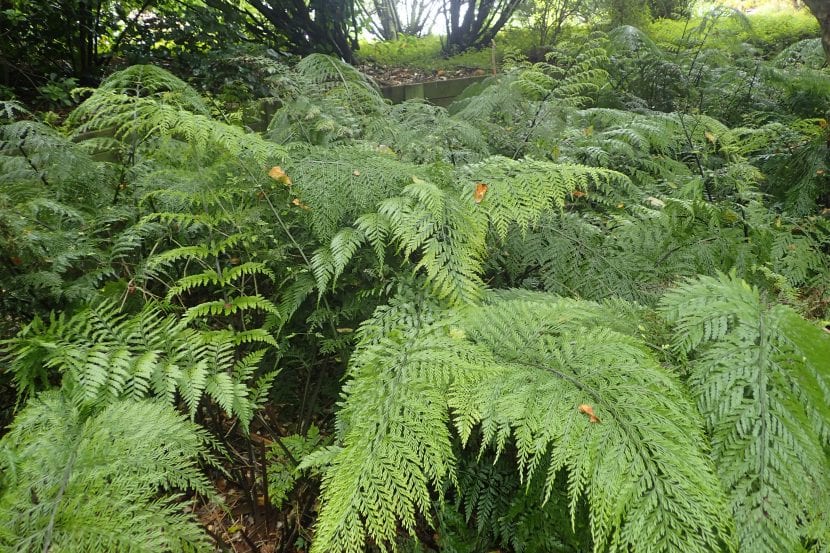
Image - Wikimedia / Asplenium bulbiferum
Moderate to frequent. During the summer it may be necessary to water about 3 times a week, but the rest of the year with 2 weekly waterings should be enough.
Use rainwater or lime-free water whenever you can.
Subscriber
It is highly recommended to pay them from early spring to late summer with organic fertilizers following the indications specified on the product packaging.
Pests
Attacks can be seen by Mites y mealybugs, but since they are relatively small plants with a brush soaked in pharmacy alcohol they are easily removed. You can also choose to treat your Asplenium with diatomaceous earth for example.
Management
- Mushrooms: In humid environments or in plants that have suffered excess watering, it is common for fungi such as phytophthora or Cercospora to cause root and / or leaf rotting problems.
They are treated with fungicides. - Bacteria: of the genus Pseudomonas. They cause watery spots to appear on fronds.
It has no treatment. You can only remove the affected parts and wait to see what happens. - Virus: produce necrotic ring-shaped spots on fronds. It's not common.
It also has no treatment. Do the same as in the case of bacteria.
Planting or transplanting time
En spring, when the risk of frost has passed. If you have them in a pot, transplant them to a larger one when you see that they grow roots through the drainage holes or if they have been in the same container for a long time (more than 2 years).
Multiplication
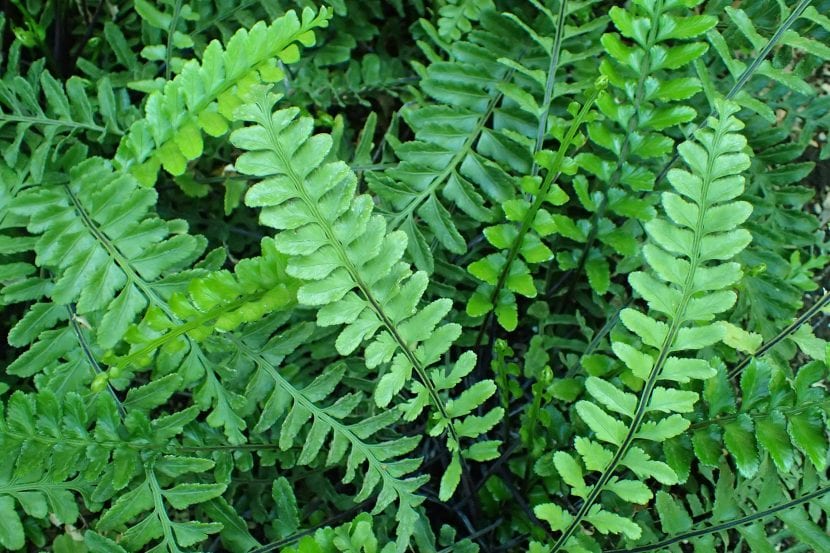
Image - Wikimedia / Krzysztof Ziarnek, Kenraiz
Spores
Like all ferns, they multiply by spores in spring. For it They have to be sown in seedbeds with universal cultivation substrate (on sale here), and learning them a little bit.
Keep the seedbed outside, in semi-shade, with the substrate moist but not flooded, and near a source of heat. That way they will germinate in a month.
Division
Some species produce suckers, which can be separated from the mother plant in spring, with root, when they have reached a size of about 10cm in height.
Then plant them in individual pots with universal substrate, and protect them from direct sunlight.
Rusticity
Aspleniums are plants that they do not usually resist the cold much. There are exceptions, such as Asplenium trichomanes, which can be grown outdoors all year long as long as there are not very intense frosts, but it is better to have them protected.
By the way, from my own experience, Asplenium nidus It can be had in areas where the frosts are very weak (up to -2ºC), brief and punctual, in a sheltered area. For example, I have it in a corner of the garden, among large plants (trees, palm trees), so if you have an area like this, you will surely be good at it.